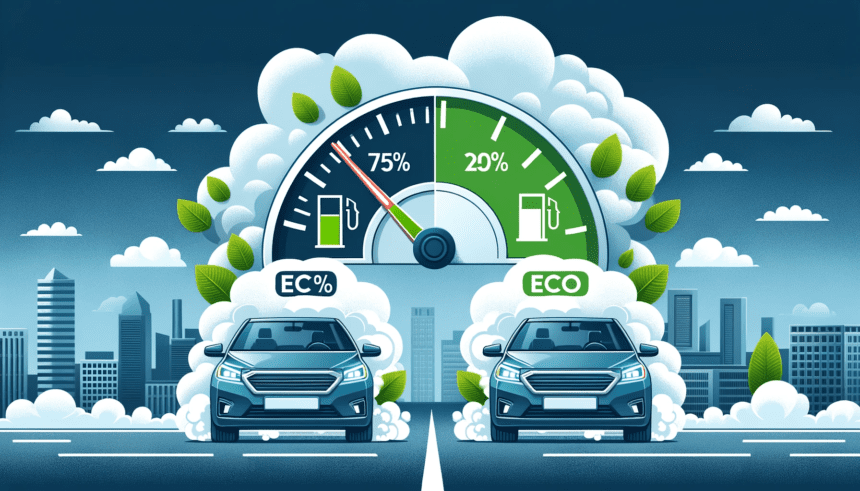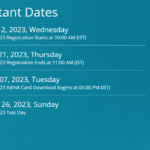In an era where fuel prices are a constant concern for vehicle owners, understanding how to maximize your car’s mileage is more crucial than ever. With the need for more fuel-efficient driving practices becoming increasingly important, we explore strategies that can enhance a car’s fuel efficiency by 10 to 15 percent. This article delves into the nuances of each strategy, highlighting how they contribute to a more economical and environmentally friendly driving experience.
The Art of Optimal Speed Management
The cornerstone of improved fuel efficiency lies in managing your driving speed. It’s a common misconception that faster-driving leads to quicker journeys and, by extension, less fuel consumption. However, this is far from the truth. Driving at excessively high speeds can significantly increase fuel consumption, while too slow a pace in heavy traffic can lead to frequent stopping and starting, which also drains fuel.
- Advertisement -
The optimal speed range for most cars is between 60 and 70 kilometers per hour, particularly on highways and expressways. This range is often the sweet spot where the engine runs most efficiently, balancing power and fuel consumption. By maintaining a steady speed within this range, drivers can ensure that their vehicle operates in the most fuel-efficient manner.
Gear Usage: A Key to Efficiency
The choice of gear plays a pivotal role in determining a car’s mileage. Each gear is designed to be most efficient at a certain speed range. Driving in a gear too low for your speed can strain the engine, while a gear too high can cause it to underperform, both leading to increased fuel consumption.
- Advertisement -
The trick is to shift gears smoothly and timely, matching the gear to your speed. This not only ensures better mileage but also prolongs the life of your engine and gearbox. For manual transmission vehicles, this means avoiding high revs before shifting up and not letting the engine lug in a gear too high for the speed.
The Strategy of Braking
Frequent braking is a major culprit in reducing a car’s mileage. Every time you brake, the kinetic energy that the engine worked hard to build up is lost as heat, and the engine must burn more fuel to accelerate again. The key to avoiding this is anticipatory driving – keeping a safe distance from the vehicle in front and anticipating road conditions to minimize unnecessary braking.
- Advertisement -
This approach not only conserves fuel but also enhances safety on the road. It involves being aware of your surroundings, including traffic flow, road conditions, and potential hazards, allowing for smoother driving with fewer stops and starts.
Cruise Control: A Tool for Consistency
Modern vehicles often come equipped with cruise control, a feature that can be a boon for fuel efficiency. By maintaining a constant speed, particularly on long stretches of highway, cruise control minimizes the small speed fluctuations that can add up to significant fuel waste over time.
Using cruise control on open roads allows the car to maintain a steady pace without the constant input from the accelerator, leading to more efficient fuel use. However, it’s important to use this feature judiciously, as it’s not suitable for congested traffic conditions or roads with frequent stops.
- Advertisement -
Smooth Acceleration and Lane Discipline
Abrupt changes in speed – both acceleration and deceleration – can wreak havoc on your car’s fuel efficiency. Smooth, gradual changes in speed ensure that the engine works steadily, avoiding the spikes in fuel consumption that come with rapid acceleration or deceleration.
Additionally, maintaining lane discipline and avoiding unnecessary lane changes help in keeping a consistent speed. Constant weaving through traffic not only increases the risk of accidents but also leads to erratic speed changes, which, as mentioned, are detrimental to fuel efficiency.
Conclusion
Improving your car’s mileage is not just about saving money; it’s also about being a responsible driver and reducing your environmental footprint. By adhering to these simple yet effective strategies, drivers can significantly enhance their vehicle’s fuel efficiency. This not only leads to cost savings but also contributes to a more sustainable and environmentally friendly approach to driving. As we continue to navigate the challenges of high fuel prices and environmental concerns, adopting these practices can make a substantial difference in our driving habits and overall impact on the planet.





